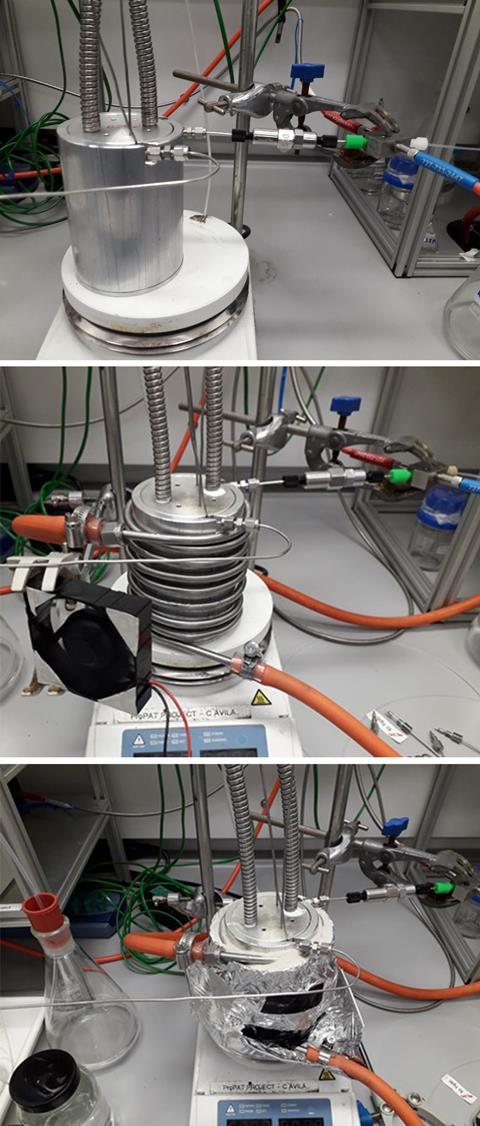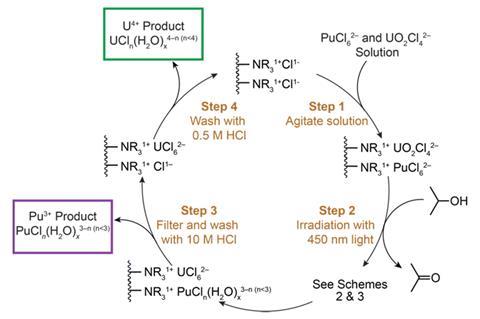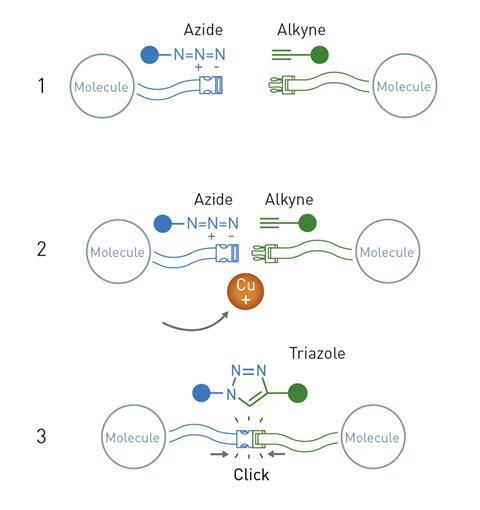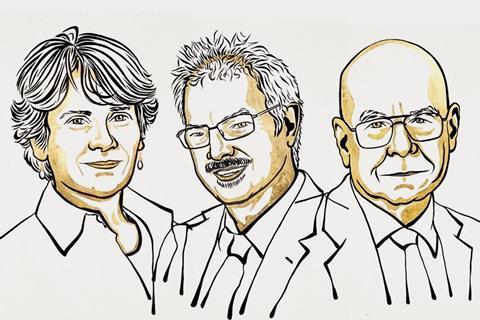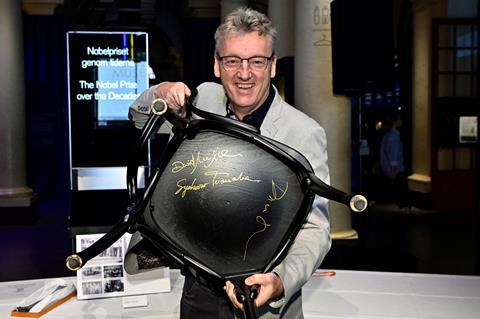A team of scientists based in Sweden and the UK has developed a synthetic screening method that uses stopped-flow chemistry and machine learning to accelerate drug discovery through diversity-oriented synthesis.1 Stopped-flow chemistry is an alternative method to traditional batch and continuous flow processes. By arresting the flow of reacting materials within the system, the platform […]
Read More